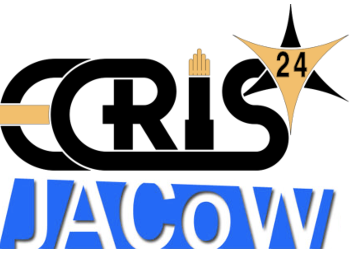Speaker
Description
A custom 18 GHz waveguide DC break with a built-in impedance matching network, consisting of two inductive irises adjacent to a capacitive gap assembled around a quartz disk, was built for VENUS and simulated using the ANSYS High Frequency Structure Simulator, a finite element analysis tool. The DC break effectively doubled the RF power available for plasma production at the secondary frequency of 18 GHz while maintaining a DC isolation of 32 kV. Measurements of the forward and reflected power coefficients, performed with a network analyzer, showed excellent agreement with the simulations*. Additionally, an extended study was conducted to tailor the frequencies of 28, 35, and 45 GHz using WR-34, WR-28, and WR-22 waveguides with built-in impedance matching networks, aiming to predict performance for our upcoming 4th generation low-power, multi-frequency operation of the MARS-D ion source.
Funding Agency
This work was supported by the Director, Office of Science, Office of Nuclear Physics, Division of Nuclear Physics, U.S. Department of Energy under Contract No. DE-AC02-05CH11231.
Footnotes
- M. Kireeff Covo, et al., "Inductive Iris Impedance Matching Network for a Compact Waveguide DC Break," in IEEE Transactions on Microwave Theory and Techniques, early access (2024), DOI: 10.1109/TMTT.2024.3409470.
| I have read and accept the Privacy Policy Statement | Yes |
|---|

